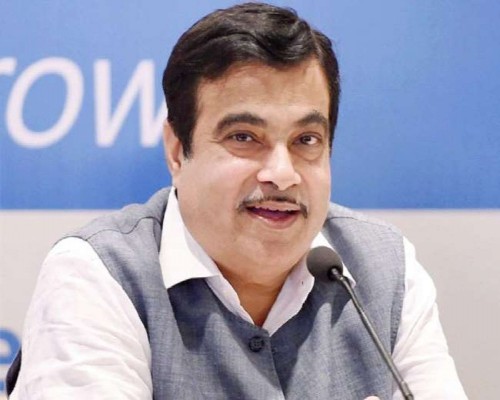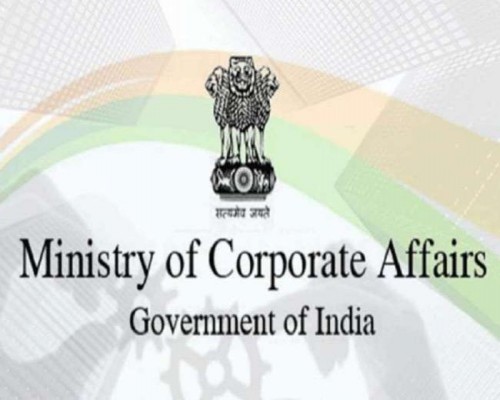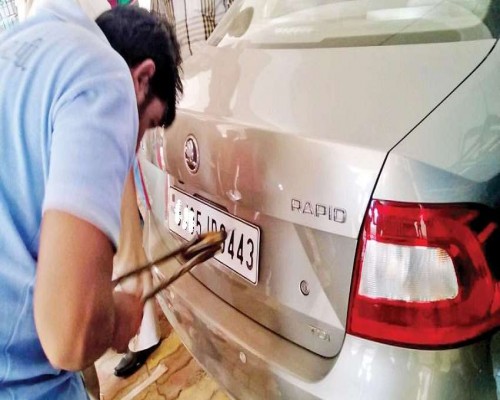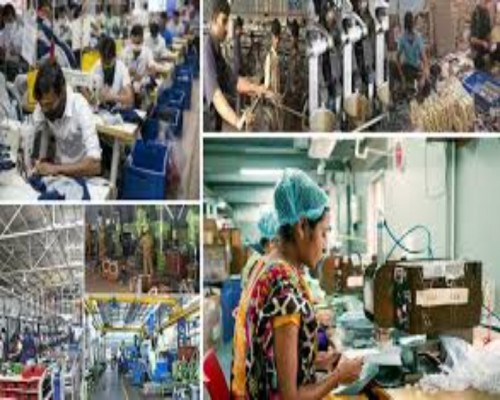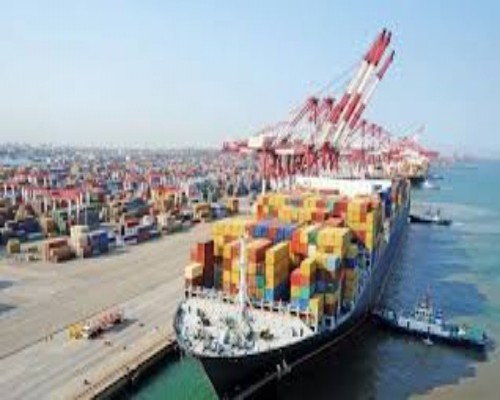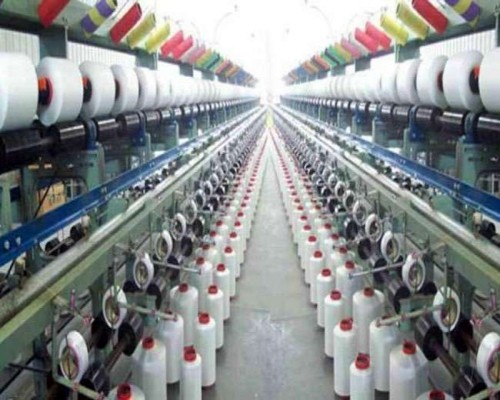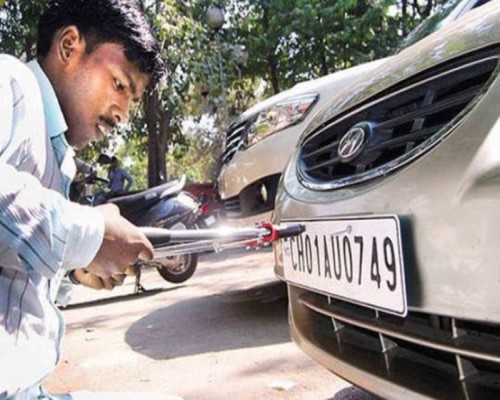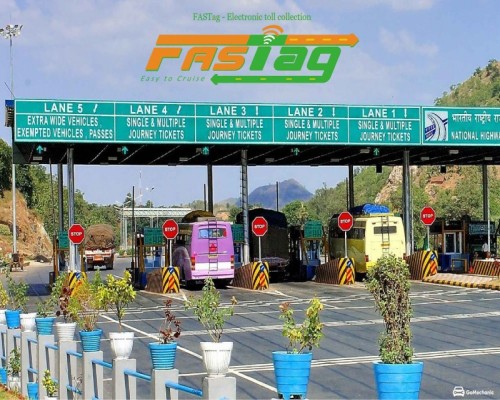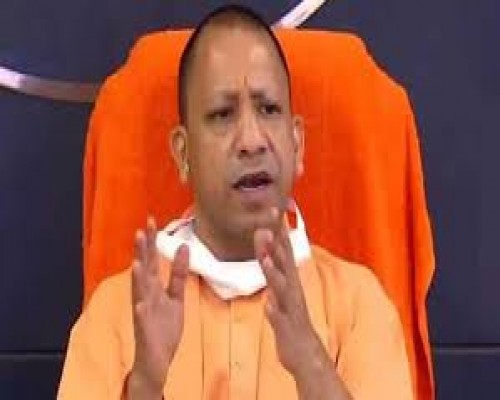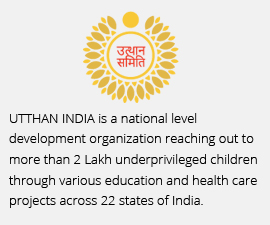Manufacturing Sector Should Be Free from Cumbersome Regulations
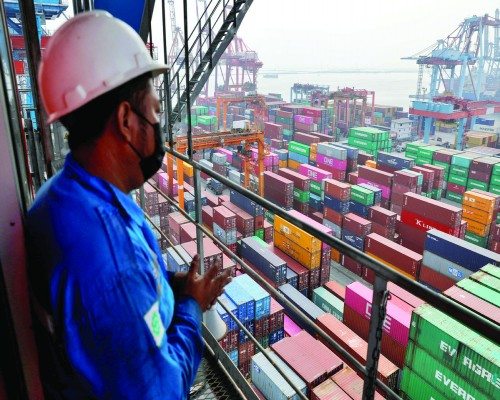
The Make in India initiative, launched by the government on September 25, 2014, aimed to position India as a global manufacturing hub. As part of this effort, the manufacturing sector was promoted aggressively. Between 2012 and 2014, the manufacturing sector contributed 17% to India’s Gross Domestic Product (GDP). However, since then, this share has remained stagnant. To address this, the government has launched several policies to facilitate business and investment.
Between 2014 and 2022, various reforms have been implemented to promote ease of doing business, attract foreign direct investment (FDI), and create employment opportunities. The number of new manufacturing units has increased from 636 units in 2014 to 1,420 units by the end of 2022, reflecting significant growth in the sector. As a result, employment in the sector has increased by approximately 18.90 million over the last decade.
Despite this growth, the challenges of cumbersome regulations, bureaucratic red tape, and high costs still hinder the development of the manufacturing sector. The sector’s growth rate is slowing down, and employment generation is not keeping pace with industrial growth.
Structural Reforms and the Road Ahead
Experts believe that India’s manufacturing sector must be free from complex regulations to sustain growth. According to Dr Kaushal Kumar Tiwari, a manufacturing sector expert, a strong manufacturing foundation is necessary for any large country to move from poverty to prosperity. The sector needs better policies and a conducive environment for expansion.
The manufacturing sector’s contribution to GDP in 2022 stood at 17%, the same as in 2014. However, the value of goods produced increased from $2 trillion to $3.5 trillion. To further boost the sector’s growth, the government must simplify regulations, reduce costs, and improve infrastructure.
Achievements of the Manufacturing Sector
- The Make in India initiative has attracted significant foreign investment in manufacturing. Between 2014 and 2022, foreign direct investment (FDI) in manufacturing has more than doubled.
- The Production-Linked Incentive (PLI) scheme, which provides financial incentives to companies setting up manufacturing units in India, has led to the establishment of several new industries.
- The growth rate of the manufacturing sector in states like Uttar Pradesh, Maharashtra, and Tamil Nadu has outpaced the national average.
Challenges Ahead
- Cumbersome Regulations: The manufacturing sector still faces numerous regulatory challenges. The process for setting up new units is complex and time-consuming, discouraging both domestic and foreign investors.
- High Cost of Production: The cost of logistics, energy, and compliance with various regulations is significantly higher in India compared to other manufacturing hubs like China and Vietnam.
- Lack of Technological Advancements: Many Indian manufacturing units still rely on outdated technology, leading to lower productivity and competitiveness in global markets.
Need for Policy Reforms
To further boost the manufacturing sector, the government must continue with the second wave of policy reforms, focusing on:
- Simplifying regulatory processes.
- Reducing the cost of logistics and energy.
- Encouraging technological upgrades and research and development.
Only through these reforms can India position itself as a global manufacturing hub and increase its share of the global export market.








